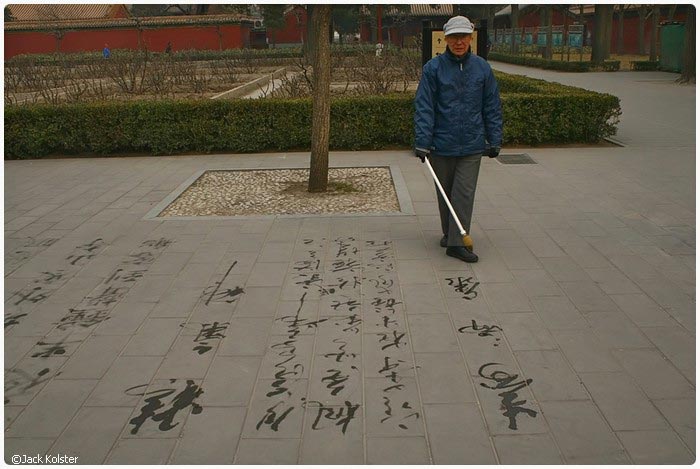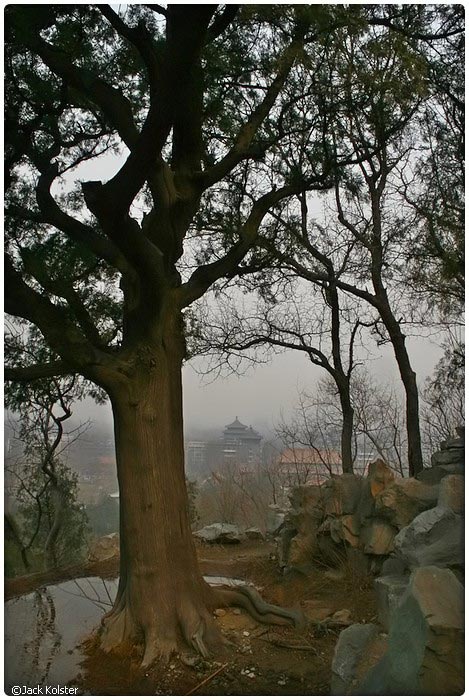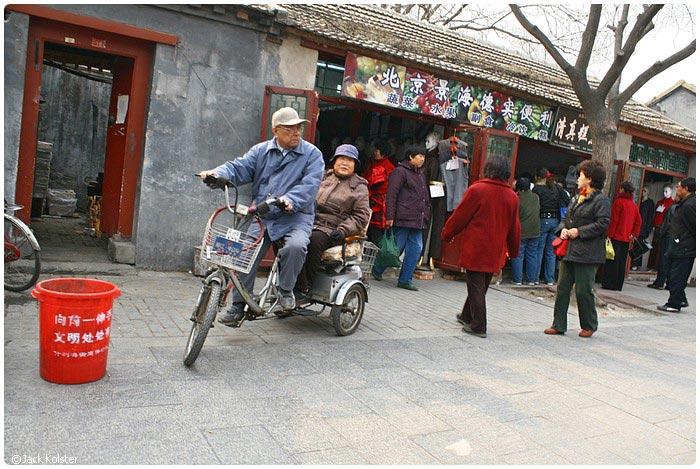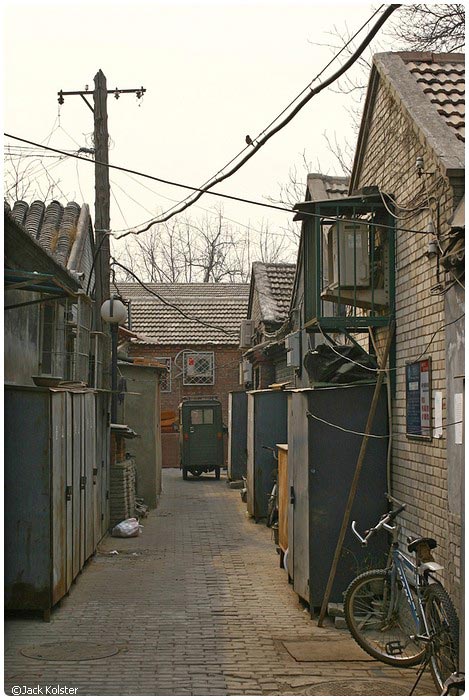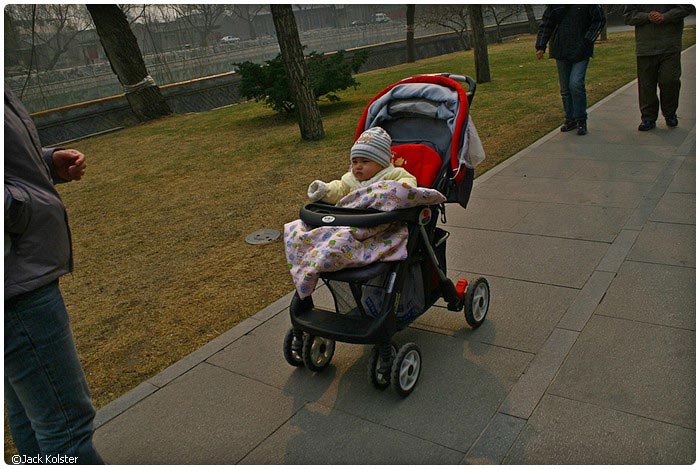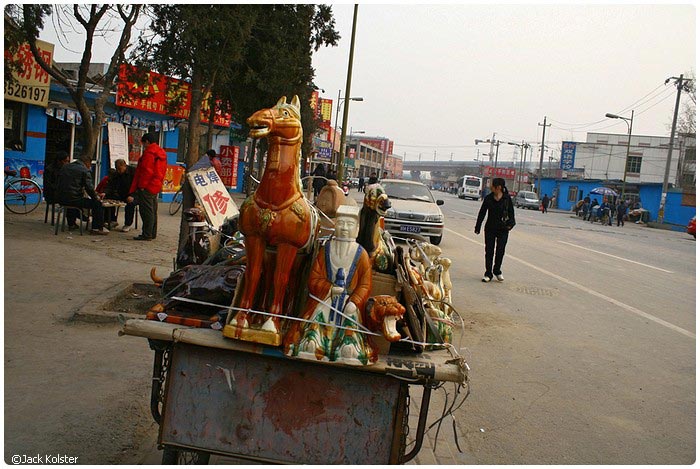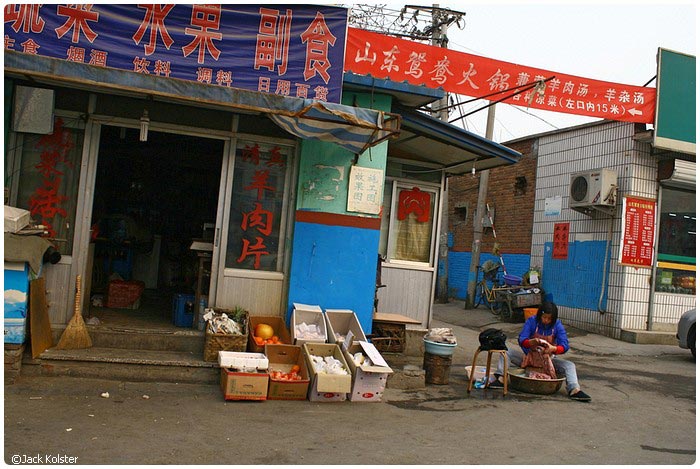This day we visit the Jingshan and BeiHai park. Also we walked around the area to see the local people in there daily live.
Jingshan Park
Beijing’s Jingshan Park is highly recommended for the amazing view of the Forbidden City.
The hill was formed from earth excavated to make the moat around the Forbidden City, and its location directly to the North protects the Forbidden City from evil spirits according to Chinese feng shui. It also serves as a useful windbreak, and was once part of the Forbidden City.
The hill is about 50 metres high, and on a good day you can see not only the entire Forbidden City, but the city of Beijing for miles around too. The park’s very popular.
Bei Hai Park
Beihai park is just a few hundred meters northwest of the Forbidden City. Its main attraction is its topography. Most of Beijing is an unrelentingly flat plain, but Beihai boasts a large lake and a few surrounding hills decorated with restored pavilions. The artificial hills are believed to have been created in the Yuan dynasty by the Mongol Khans, who used the area as a basecamp. Nothing of the original palace survives except a large jar of green jade that was given to the Khan in 1265. Supposedly it stored his wine until Taoist priests appropriated it to store pickles.
The Beihai skyline is dominated by an enormous milk-bottle structure called a dagoba, erected first in 1651 and later in 1741 in honor of the Dali Lama’s visit. Damaged in a 1976 earthquake, it has since been restored. Within it are believed to be centuries-old relics, including robes and jewelry of past Dali Lamas.

